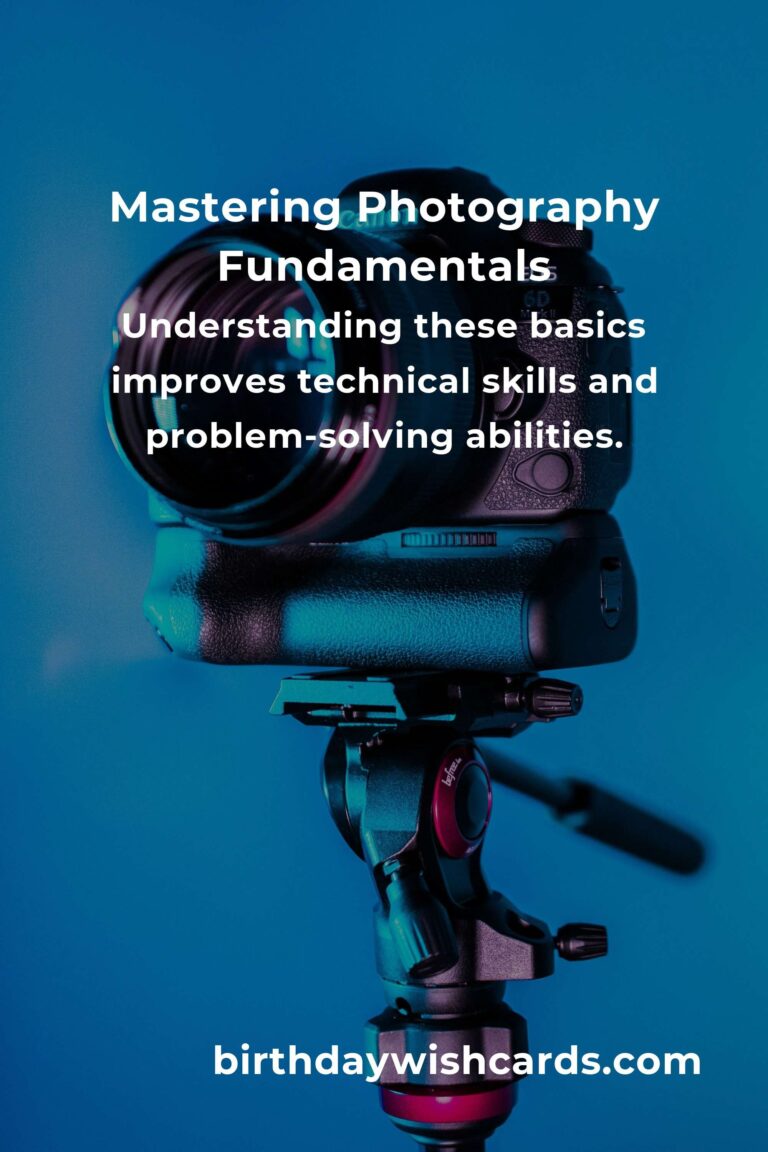
Photography is an art form that captures moments and immortalizes them in time. However, beyond the aesthetic appeal, there are hidden benefits to understanding and mastering the fundamentals of photography. Whether you are an amateur photographer or a seasoned professional, delving deep into the basics can enhance your skills and offer unexpected advantages.
Understanding the Basics
At the heart of photography fundamentals are three critical components: aperture, shutter speed, and ISO. These elements are collectively known as the exposure triangle. Mastery of these basics allows photographers to manipulate light and create stunning images under varying conditions.
The aperture affects the depth of field and how much light enters the camera. A large aperture (small f-number) creates a shallow depth of field, perfect for portraits where the background is blurred. Conversely, a small aperture (large f-number) is ideal for landscapes where a sharp focus is desired throughout.
Shutter speed determines how long the camera’s sensor is exposed to light. A fast shutter speed is essential for capturing high-speed action without blur, while a slow shutter speed can create motion blur, adding dynamism to a photo.
ISO measures the camera sensor’s sensitivity to light. A low ISO is optimal in bright conditions to avoid noise and graininess, whereas a high ISO is useful in low-light situations.
Enhancing Creativity and Storytelling
Understanding these fundamentals empowers photographers to experiment with their creativity. By controlling each element, photographers can craft stories with their images, evoke emotions, and highlight specific features of their subject matter.
For instance, playing with shutter speed can transform a mundane scene into a dramatic narrative. A long exposure can turn moving water into a silky, smooth surface, creating a serene and dream-like effect.
Improving Technical Skills
Mastering photography fundamentals also enhances technical skills. Proficiency in adjusting camera settings manually fosters a deeper understanding of how each component interacts with one another. This skill is invaluable in challenging lighting conditions where automatic settings fail to deliver the desired results.
Boosting Problem-Solving Abilities
Photography is often about overcoming obstacles, whether it’s adverse lighting, unfavorable weather, or a fast-moving subject. By having a firm grasp on the fundamentals, photographers are better equipped to solve these problems creatively and efficiently.
Connecting with the Subject
When photographers are not preoccupied with technical settings, they can focus more on their subject. This connection often leads to more meaningful and impactful images, as the photographer is more attuned to the nuances of their subject’s expressions and surroundings.
Conclusion
While the allure of photography often lies in its ability to capture the beauty of the world, the hidden benefits of mastering its fundamentals extend far beyond the visual. By understanding and applying the basics, photographers can enhance their creativity, storytelling, technical skills, problem-solving capabilities, and connection with their subjects. Whether you’re capturing a fleeting moment or composing a detailed scene, the fundamentals are the bedrock upon which great photographs are built.
Photography fundamentals are crucial for manipulating light and creating stunning images. Mastering aperture, shutter speed, and ISO enhances creativity and storytelling. Understanding these basics improves technical skills and problem-solving abilities. A strong grasp of photography fundamentals allows for better connection with subjects.
#Photography #PhotographyFundamentals #CreativeSkills #PhotographyTips













